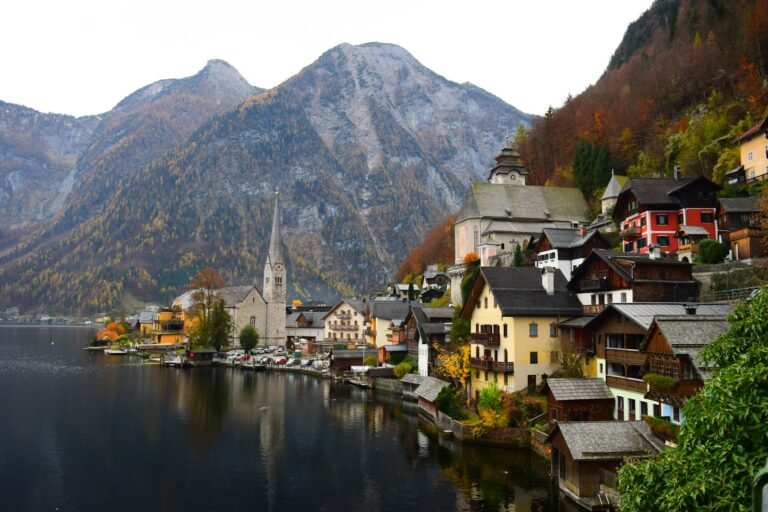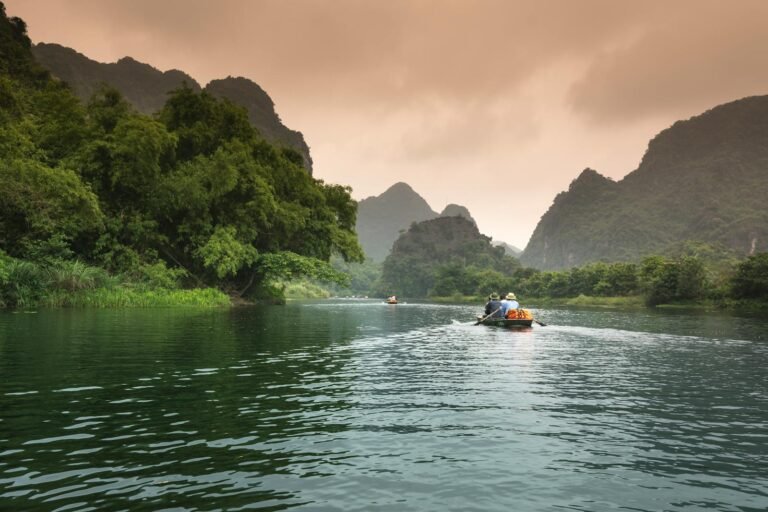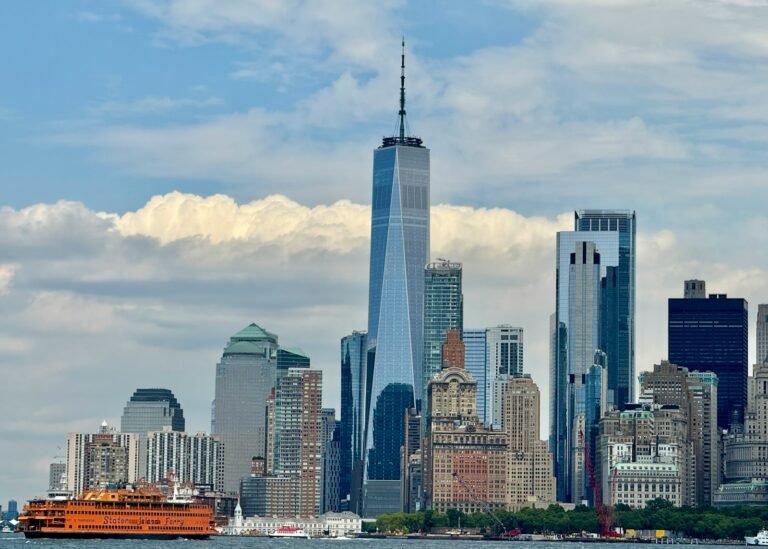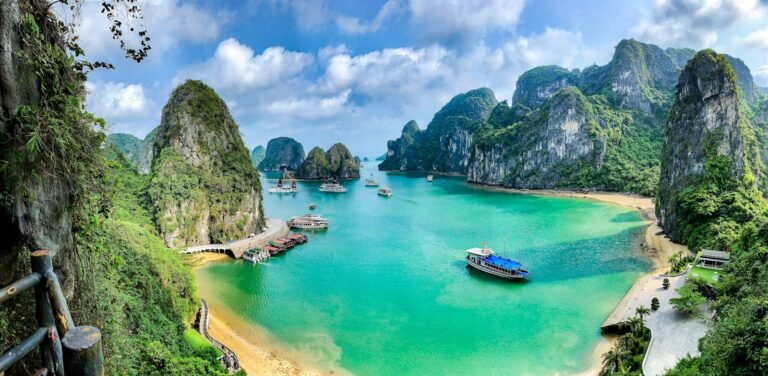The Galápagos has no hurricane season. This fact changes how I plan my trips. After visiting in different months, I found the best time to visit depends on your preferences.
The islands are a year-round destination with two clear seasons. From December to May, the weather is warm and wet. This brings lush landscapes, calm seas, and water around 73–82°F. From June to November, the air is cooler, and the seas are choppier. The water is about 66–75°F, perfect for seeing big marine life.
When is the best time to travel to the Galapagos? My rule is simple. Choose December–May for smoother rides and easy snorkeling. Pick July–November for whale sharks, penguins, and fish schools. I also consider crowds and prices—holidays are busy, but early December, January, and September offer deals.
Wildlife moments help decide the best time. Green sea turtles mate from December to May. Blue-footed boobies court in April and May. Penguins are active in August and September, and sea lion pups are everywhere from late August to November. For more details, I check this trusted overview on the best time to visit the Galapagos
The warmer season (December to May) is great for snorkeling and spotting sea turtles. You can even join a guided wildlife excursion — platforms like Viator let you book Galápagos tours in advance with trusted local operators.
So, what’s the best month to visit Galapagos? May and November are often the best, with mild seas and fewer people. The best time for you is when you’re comfortable with the seas, see the wildlife you want, and fit your budget. I pack a shorty wetsuit for cool months and book cabins early to save money and stress.
The Galápagos Islands are one of South America’s most unique destinations, but like the rest of the continent, timing matters. If you’re planning a bigger trip, see our full guide on the best time to travel to South America.

What You Should Remember
- The islands are a true year-round destination with two distinct seasons.
- Warm, wet season (Dec–May): calmer seas, warmer water, lush views, great snorkeling.
- Cool, dry season (Jun–Nov): nutrient-rich currents, choppier seas, whale sharks and penguins.
- Match your trip to your goals: smooth sailing vs. big marine life encounters.
- Best shoulder bets: May and November for balance and fewer crowds.
- Peak demand hits Christmas/New Year, Spring Break/Easter, and summer.
- Bring a shorty wetsuit in cool months and book holiday dates early.
Compare prices from 1,000+ global car rental companies in one place. Save money, skip hidden fees, and drive with confidence—perfect for your next trip.
Overview: When can you visit the Galapagos Islands?
I’ve explored the Galapagos Islands in every month. The answer to when you can visit is simple: any time. There’s no off-season for wildlife, and no hurricanes. Your choice depends on comfort, crowds, and what you want to experience.
Year-round destination with two distinct seasons
The Galapagos Islands have two main seasons. The Warm, Wet season is from December to May. It offers sunny skies, brief showers, calm seas, and warm water.
The Cool, Dry season is from June to November. It brings mist, nutrient-rich currents, cooler water, and lively swells. Air temperatures range from the 70s to upper 80s °F in the warm months. They drop to the mid-60s to upper 70s °F in the cool season.
Many say the best time to visit depends on your comfort with heat, sun, and sea motion.
How your interests shape the best time to go to Galapagos
If you prefer easy snorkeling and smooth crossings, December to May is ideal. The water is warmer, and visibility is better for new snorkelers. Families and those prone to seasickness often prefer this time.
- For snorkeling comfort: warm water and calmer seas in Dec–May.
- For big pelagics: cooler water and richer currents in Jun–Nov.
- For value: look at shoulder weeks where demand dips.
Divers chasing whale sharks and manta rays often choose June to November. Marine life is more active in the cooler season. So, the best time for advanced diving shifts later in the year.
At-a-glance temperatures and ocean conditions
- Typical highs by month (°F): Jan 84, Feb 86, Mar 88, Apr 86, May 82, Jun 78, Jul 76, Aug 74, Sep 76, Oct 77, Nov 78, Dec 80.
- Average water (°F): 74–76 in Jan–Apr; 74 in May–Jun; 72 in Jul; 66 in Aug; 68 in Sep; 70 in Oct; 72 in Nov; 74 in Dec.
- Seas: generally calmer Dec–May; choppier Jun–Nov with productive currents.
- Rain: brief warm-season showers; light in the cool season with garua.
Use these cues to plan your trip. With reliable wildlife and flexible seasons, you can create a trip that fits your budget and style.
Galapagos Seasons: Warm, Wet vs. Cool, Dry
I’ve explored the Galapagos in both seasons, and each has its charm. Your choice of the best time to visit depends on your preferences and travel style. Let’s dive into the characteristics of each season to help you decide.

Warm, Wet Season (December–June): lush landscapes, calm seas
The skies brighten, highlands turn green, and short rains come and go. Seas are calm, perfect for newbies and families. Snorkeling is easier with warmer, clearer waters and gentle currents.
- Typical conditions: air about 75–88°F; water about 73–79°F, peaking higher in late March.
- Wildlife moments: green sea turtles mate and nest, marine iguanas and land iguanas display, and waved albatross return to Española in late March or April.
- Packing tip: light rain jacket, reef-safe sunscreen, and a rash guard for long snorkel sessions.
For trip timing and temperature snapshots, see this helpful guide on the best time of year to visit galapagos. If you prefer calmer seas and easy swims, this might be your best season.
Cool, Dry Season (July–November): nutrient-rich waters, active marine life
Cooler waters from the Humboldt and Peru currents bring nutrients. Expect misty garúa in the highlands, stronger winds, and choppier rides. Visibility might drop, but marine life is more active.
- Typical conditions: air about 64–79°F; water about 66–73°F, sometimes cooler in August–September.
- Wildlife highlights: penguins active around central islands, sea lion pups everywhere, and bigger schools of fish with chances for manta rays and whale sharks.
- Packing tip: shorty wetsuit, windbreaker, and a warm layer for early-morning pangas.
If you’re after peak marine life, this is your window. I plan longer in-water sessions and focus on sites known for currents and bait balls.
Typical air and water temperatures by season
Warm, Wet averages: air 75–80°F; water 73–79°F. Cool, Dry averages: air 70–75°F; water 70–73°F, with dips to the high 60s at exposed sites. These ranges help set comfort levels for hikes and snorkels, and they’re a quick compass when weighing the best time of year to visit galapagos islands against your comfort and goals.
- Prefer smooth sailing and clear, warm water? Pick December–June.
- Want nutrient-fueled marine encounters? Aim for July–November.
- Unsure? Balance both by targeting the shoulders of each season.
Galapagos Weather by Month: What to Expect
I plan my trips by checking the galapagos weather by month. Small changes affect everything from snorkeling to sea crossings. The warm season starts in December, and the cool, nutrient-rich months come in midyear. For quick tips and numbers, this guide from galapagos weather by month is essential when booking.
December–February: warmer water, sunny days with brief showers
I start with December because the seas are calmer and the water is near 75°F. Expect highs around 80°F and short, tropical showers. Snorkeling is easy, making December great for beginners.
In January, air hits the low 80s and marine visibility stays strong. February sees warmer water and more rain, but mornings are bright. February is perfect for kayaking or paddleboarding.
March–May: peak warmth, transition toward drier conditions
March is the warmest month, with highs spiking and water near 76°F. I plan for extra shade in March because humidity rises. Snorkeling is excellent, though.
April starts the dry, clear days. April offers warm seas and lush trails with fewer showers. May brings milder highs and easier breezes, balancing comfort and wildlife.
June–August: cooler air and water, choppier seas
June brings garúa mist and a steady breeze, so I pack a light layer. Water cools, and the ocean becomes lively with baitfish. July needs a shorty wetsuit due to currents and visibility.
August is the coolest in the water, with seas getting bumpy. I snorkel in protected coves on windy afternoons. Expect active marine life and energetic crossings.
September–November: coolest period, excellent marine activity
By September, crowds thin, and deals appear, with the ocean full of life. I keep a wetsuit ready and plan for calmer morning seas. October has cool water and clear hiking weather.
November warms up and winds ease, making rides smooth. I prefer this month for balanced conditions and value before the holidays. This shoulder stretch is ideal for comfort and wildlife.
Best time of year to visit galapagos
Many ask me when is the best time to visit the Galapagos for great wildlife and smooth sailing. The answer varies based on what you seek—whether it’s snorkeling, diving, or avoiding crowds. I plan my trips and help friends choose the best time to visit without breaking the bank.

December–May for snorkeling, clear warm water, and calmer crossings
This period is ideal for snorkeling. The water is warm, and the seas are calm. You’ll see lots of marine life.
- Great for first-time cruisers who want comfort and color.
- Expect rays, whitetip reef sharks, and bright reef life.
- Short rain showers clear fast, so hikes are breezy.
For those with kids or who get seasick, December to May is best. It’s also ideal for sunny days and calm seas.
June–November for diving with whale sharks, penguins, and big schools
These months offer chilly waters and strong currents. But the rewards are worth it.
- Advanced divers target Darwin and Wolf for whale sharks and mantas.
- Penguins zip through feeding frenzies near central islands.
- Massive schools and bait balls amp up every blue-water drop.
Pack a shorty or full wetsuit and sea bands. For headline dives, June to November is the best time. It’s perfect for big pelagics and wildlife drama.
Shoulder months (May and November) for balanced conditions and fewer crowds
May and November offer a good balance. Currents are easier, visibility is decent, and wildlife is active.
- May often brings booby courtship and late turtle hatchings.
- November features sea lion pups and warming seas.
- Smaller crowds help on trails and panga landings.
For those on a budget, May and November are great. They offer balance without missing out on the highlights.
Wildlife Highlights by Season and Month
I plan my trips around animal behavior, not just deals. That’s how I gauge the best time to visit the galapagos islands. If you’re weighing when best to visit galapagos, match your month to the species you most want to see and the kind of action you crave.
Warm season: green sea turtle mating and hatching, booby courtship, waved albatross return
From December to May, beaches glow green and gold at dawn. I’ve watched green sea turtles mate in sheltered bays, then later seen hatchlings sprint to the surf. Giant tortoise hatchlings emerge on highland farms, while land iguanas begin to pair up on drier trails.
By late March and April, waved albatrosses sweep back to Española and start elaborate rituals. On North Seymour and Española, blue-footed boobies launch those famous dances in April and May. It’s also a mellow window for snorkeling, which is why many travelers call this the best time to visit the galapagos islands.
Cool season: penguins central-island activity, sea lion pupping, frigatebird displays
Come July through November, cooler currents flip the script. Penguins surge into the central islands, sea lions pup on sandy coves, and fur seals get busy in shaded lava grottos. Flightless cormorants court on Fernandina, while blue-footed booby chicks fledge in October.
Male frigatebirds inflate their bright red pouches, showing off in May and again in November. Offshore, I’ve spotted mantas and sometimes whale sharks near Wolf and Darwin, with whales and dolphins along western Isabela.
Month snapshots: January marine iguana nesting, April booby dances, August penguins, November sea lion pups
- Galapagos islands in January: marine iguanas blaze breeding colors and start nesting; turtles mate in warm bays. I mark this month when mapping out when best to visit galapagos if I want vivid displays.
- Galapagos islands in April: mass arrival of waved albatross on Española and peak booby dances; clear cues for the best time to visit the galapagos islands if courtship is your goal.
- Galapagos islands in August: penguins are most active around Bartolomé and central sites; choppier seas, but the action is nonstop.
- Galapagos islands in November: beaches fill with sea lion pups, and visibility starts to improve; I keep an eye on galapagos weather november to balance swell and sightings.
If your heart is set on albatross, remember they’re largely absent January to March and are best seen April to December on Española. For penguins and playful pups, galapagos islands in august through galapagos islands in november line up well with rich currents and lively shores.
Water Conditions, Snorkeling and Diving Tips
I plan my time in the water around seasons, currents, and comfort. If you’re weighing the best time to go to galapagos, match your goals to conditions and you’ll have longer, happier sessions. The warm months suit casual snorkelers, while the cool months reward divers chasing big pelagics.
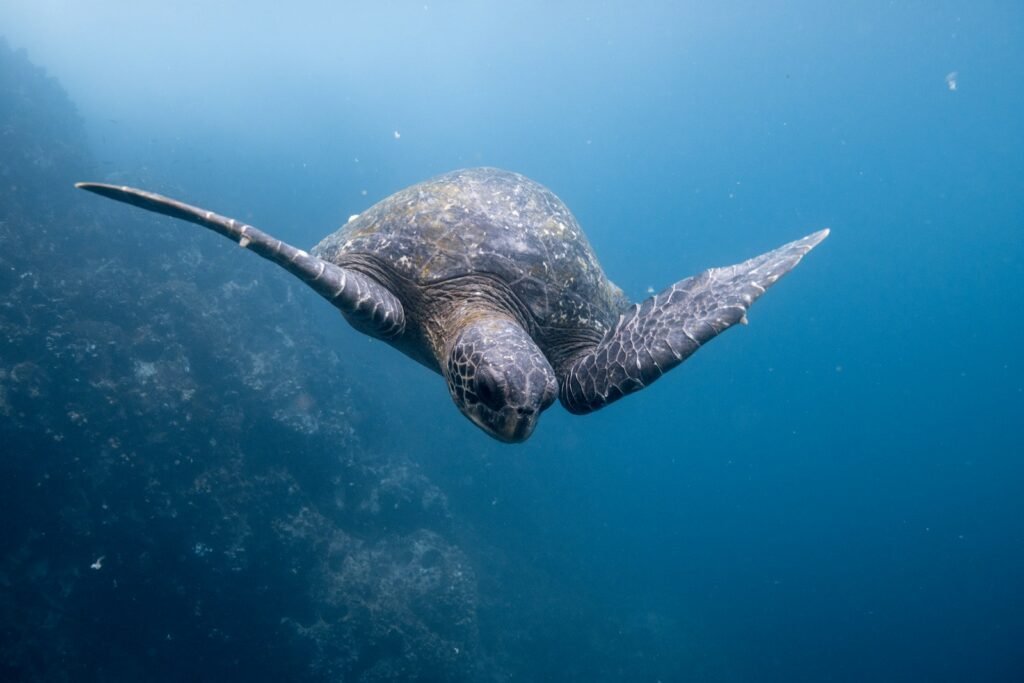
Visibility and comfort: warm season snorkeling vs. cool season big pelagics
From December to May, I enjoy clearer seas, bright sun, and water around 74–82°F. It’s easy to float for ages without a chill, making it the best time for galapagos snorkeling. You can see clear scenes with turtles, rays, and playful sea lions—like on trips in may.
From June to November, cooler 66–72°F water and stronger currents draw whale sharks, mantas, and schools of jacks. Visibility might drop, but the action spikes. If you’re eyeing galapagos weather june, expect more nutrients and life in the water.
Recommended gear by season (shorty wetsuit in cool months)
- Year-round: reef-safe sunscreen, a snug mask, and a rashguard. I always bring my own mask and snorkel for fit.
- Cool months: a shorty or full wetsuit, plus a windproof layer for breezy decks. Seas can be choppier in galapagos islands weather in june and beyond.
- Motion: carry seasickness remedies when trades and swell pick up, often around galapagos weather june through October.
For seasonal planning tips that match warm and cool water windows, I check this quick guide on the best time for galapagos travel.
Sites and timing for manta rays, whale sharks, and dolphins
For the biggest marine life, the best time to go to galapagos tends to be the cool season. Whale sharks and manta rays show most at remote Wolf and Darwin from July to November, with frequent peaks in August to October. Dolphins and seasonal whales are common off Isabela and Fernandina when the Humboldt influence is strong, around June.
Snorkelers in the warm months score calm bays and clear water that showcase sea turtles, whitetip reef sharks, and eagle rays. In cool months, I aim for central islands to spot penguins in late winter and spring, then ride bait-ball frenzies when conditions line up. Either way, I time entries around current changes and local briefings to get the safest window.
Trip Planning: Crowds, Prices, and Booking Windows
I plan my Galápagos trips based on demand, sea conditions, and budget. The Galapagos islands are open all year. So, I pick the best month based on calm seas, cabin choice, and wildlife sightings.
Shoulder seasons are my favorite. May in the Galapagos offers calm seas and great snorkeling. November also has calm seas and plenty of space, without the high prices of holidays.
Many visitors choose multi-day cruises or island-hopping trips. Booking early is smart, and Viator offers options ranging from day trips to luxury cruises.
Compare prices from 1,000+ global car rental companies in one place. Save money, skip hidden fees, and drive with confidence—perfect for your next trip.
Peak times: Christmas/New Year, Spring Break, and summer family travel
Christmas and New Year’s are busy, followed by Spring Break and Easter. Summer is also popular for family trips. I book early for specific needs like routes and cabins. Travelers who don’t like motion often choose December to May for calmer seas.
- Holidays: expect sellouts and premium fares
- Spring Break: limited space on small ships
- June–August: book early for family‑friendly cabins
Best months for deals: early December, early January, and September
I look for deals in early December and January. September can be quiet, with some ships in maintenance. These months offer good deals and fewer crowds.
- Early December: pre‑holiday pricing, solid availability
- Early January: post‑holiday dips, easier cabin picks
- September: lighter crowds, value fares on select sailings
When to book tours and cruises for preferred dates and cabins
For holidays, I book 9–12 months in advance. Summer trips need 6–9 months planning. Shoulder and deal months can be booked 3–6 months ahead. Early booking ensures the best guides and cabins.
- Holidays: 9–12 months ahead
- Summer: 6–9 months ahead
- Shoulder/deal months: 3–6 months ahead
Choosing between May and November depends on seasickness and wildlife. December to May has calmer seas. June to November is rougher but great for marine life. Both periods have stable daylight and no hurricanes, so it’s about your comfort and what you want to see.
Planning Your Visit
My rule is simple: the best time to visit Galapagos depends on what you want. For warm water and easy snorkeling, go from December to May. For big animals and penguins, June to November is the time.
May and November offer a good balance and value. That’s my advice when friends ask about the best time to visit.
I prioritize wildlife and comfort when planning. Waved albatross and penguins are best seen in certain months. Sea lion pups and blue-footed booby dances are also highlights.
Check the climate and water guides for the best time. Air temperatures range from the mid-70s to upper 80s °F. Water temperatures vary from the mid-60s to upper 70s °F.
Prices vary with the season. Book early for peak times. For deals, try early December, early January, or September.
Ready to plan your trip? Browse top-rated Galápagos tours and cruises on Viator to secure your spot before peak season.
Pack layers or a shorty wetsuit for cooler months. This way, you’ll stay comfortable on landings and in the water. It’s the best time for value without missing out on the highlights.
The best month to visit Galapagos depends on your interests. Choose from gentle snorkeling, pelagic diving, or fewer crowds with great wildlife. Match your goals to the season, check the sea state, and book early. This way, you’ll find the perfect time for your style and budget.
No matter when you visit, the Galápagos offers unforgettable wildlife encounters. For continent-wide planning tips, see our in-depth post on the best time to travel to South America.


